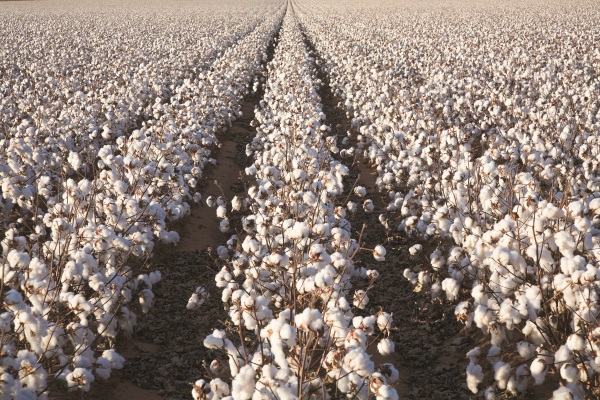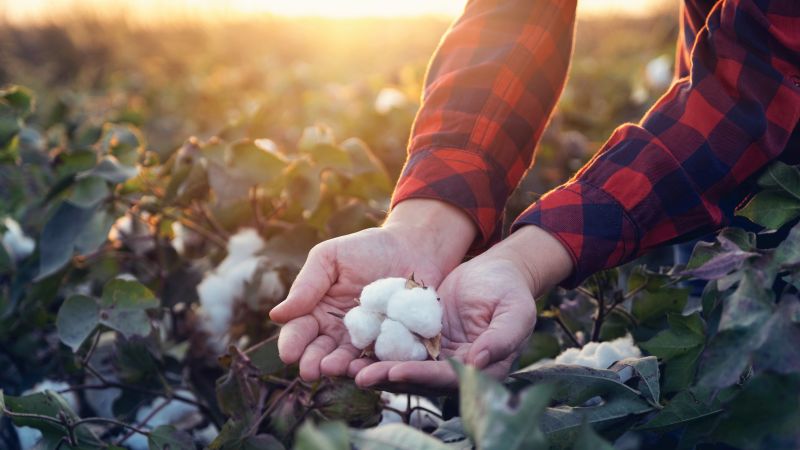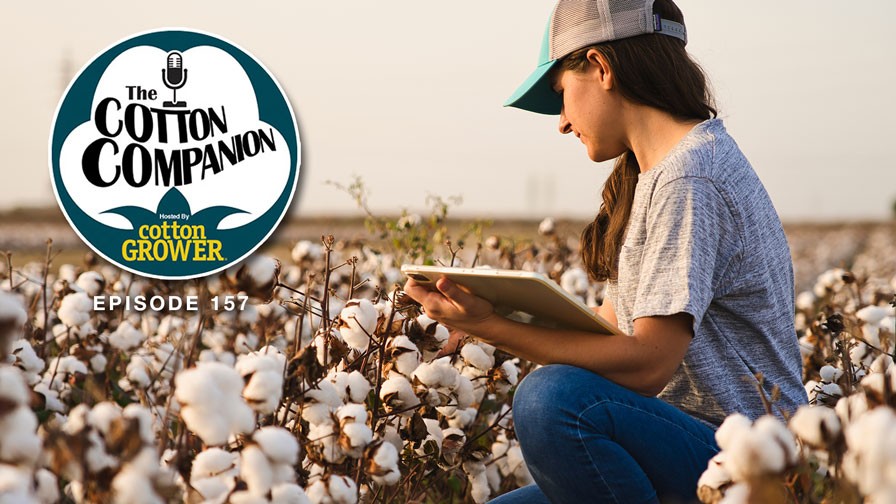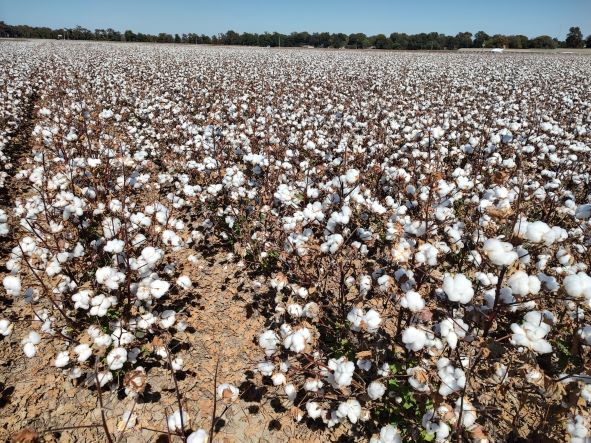Shurley: Cotton Demand Driving 2021 Prices, Income and Risk
Prices have continued to show upward strength but down sharply Thursday (Feb. 25), putting a halt to nine consecutively higher days. Cotton futures were down 300 to 400 points, with old crop May at 89.69 cents and new crop December at 84.78 cents.
The remarkable run in prices is fueled by multiple factors, all valid, but chief among them in terms of real economics is demand – the increasingly optimistic outlook for cotton Use to rebound from its pandemic stricken level. It is demand/Use that makes relevant other factors like production and stocks.
What is this expected level of Use? What is the expectation for demand? Weekly export reports do nothing to answer these questions. They only serve as evidence to confirm and gauge the degree of optimism in the short term.
World Use for the 2018 crop year was 120.46 million bales. The first USDA forecast for the 2019 crop year (Aug ’19-Jul ’20) was 125.93 million bales – up 4½%. Due to COVID pandemic impacts, Use fell to only 102.61 million bales – down over 18% from the initial estimate and almost 15% below 2018.
So why the optimism, and where is Use/demand headed?
The current forecast for the 2020 crop year (Aug ’20-Jul ‘21) is 117.21 million bales. If realized, this would be 14% higher than last season. But it is still almost 9 million bales less than USDA’s initial (pre-pandemic) forecast for the 2019 crop.
So, is there more rebound potential out there? How far can this go and when? And what about the 2021 crop year?
At the recent USDA Outlook Forum, the early forecast for 2021 crop year World Use was 122 million bales. So, Use is expected to continue to rebound, and this has implications for 2021 production and ending stocks. If production is less than Use, this draws down and will tighten stocks further.
The National Cotton Council survey estimate was 11.47 million acres of cotton to be planted this year. From the Outlook Forum, USDA’s early estimate is 12.0 million acres – essentially the same acres planted as last year.
More importantly, if abandonment returns to more the norm, acres harvested and production this year (depending also on yield) will be more. But there are already concerns over dry conditions in Texas and elsewhere.
New crop futures had a little hiccup at the idea that acres might decline less than expected or may not decline at all. But it has since appeared to shake it off. Still, it brings up the question, if prices remain high and high enough to keep cotton acres in the 12 million acres range (or possibly higher), will this market eventually begin to lose some of its bullishness?
USDA’s Prospective Plantings report will be out at the end of March.
The following is based on estimated costs and typical yield for Georgia production – presented only to show an example, not to pretend to represent anything else. It’s based on where prices are right now. Prices will change obviously, but this gives a relative comparison/ranking and that’s all that matters at this point.
The recent push in cotton price above 80 cents now gives cotton a better return than corn, soybeans and peanuts. For Georgia, cotton appears the clear #1 in non-irrigated production. The differences are much narrower in irrigated production.
In irrigated production, the price (adjusted for basis) needed for corn to equal cotton would be $5.40/bu. The yield needed on peanuts to equal 1,200 lb cotton would be 5,171 lbs/acre.
Another factor that will impact planting decisions this year is costs, especially fuel and fertilizer. Which crop net return is more sensitive and would be impacted more by higher fuel and fertilizer prices?
2021 needs to be a year where you have a marketing strategy. These prices and this optimistic a supply/demand outlook don’t come along very often. We’ve seen old crop go to 90 cents, and I know there’s not a cotton farmer out there that doesn’t want the same opportunity or better for the 2021 crop. Absolutely.
Right now, the downside risk appears limited. But look at what happened today. Anything is possible. The future is unknown. Downside risk is there and has to be dealt with. But how?
- If you think the risk of prices moving a bit lower and staying there is limited/minimum and you’re willing to take the risk of being wrong, then you may choose to do nothing for now. But, you are taking a risk, and there’s nothing right or wrong about that.
- If you want to protect from prices going lower but leave the flexibility of benefiting should prices go even higher, you can forward contract portions of your expected production – some now or whenever you want to start and additional amounts later – hoping the market has gone up but risking that it could go down but achieving a good average price.
- Or, you could purchase Put Options. A Put protects from price going down but allows you to benefit from prices going up. But this comes at a cost – you have to pay the Option premium.
- If available, you could take a minimum price contract. This essentially accomplishes the same thing as a Put but without the out-of-pocket cost. But, it does cost because the basis will not be as good as on the straight fixed price forward contract.
- You can forward contract and then or later “re-own” those bales on paper with a Call Option. This will cost you and it’s risky, so it needs to be done carefully and in a situation where you are certain the market fundamentals are such that your forward contract is low and prices are going up.









